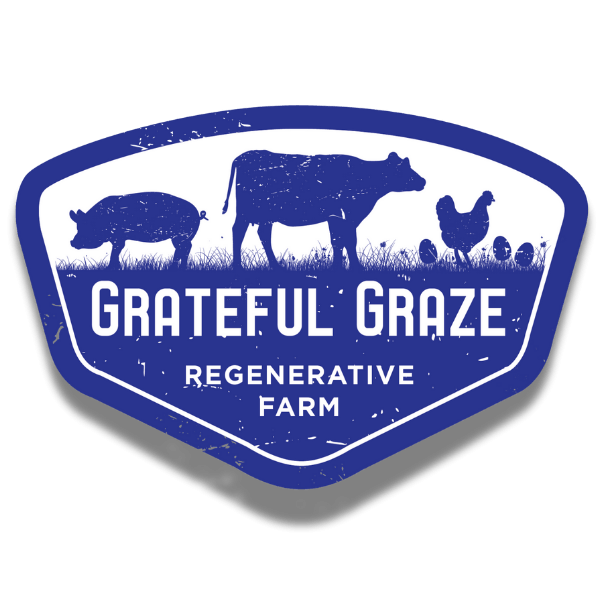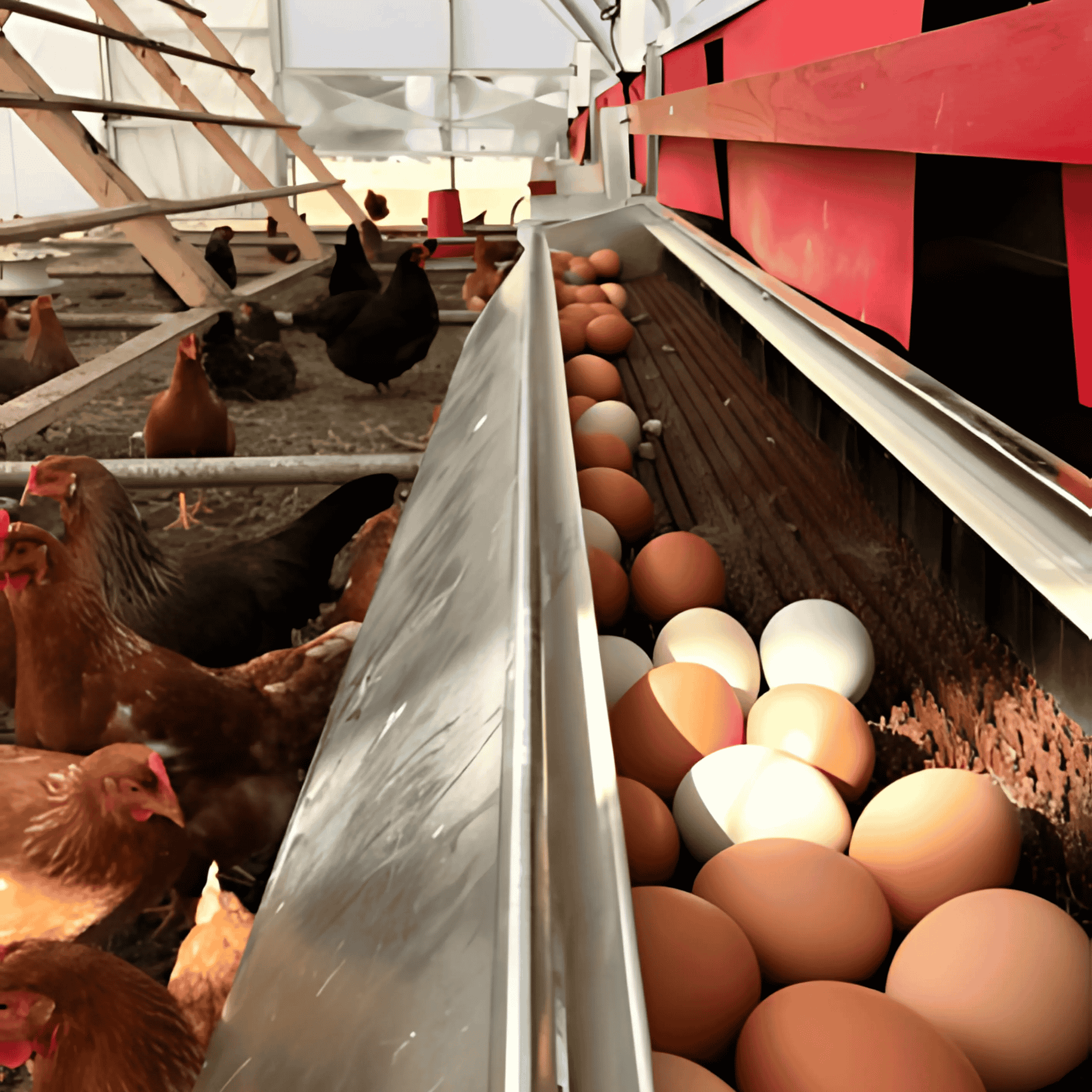Our Protective Moother Cows
posted on
April 30, 2021
This Mother’s Day we are not only celebrating our mothers but rather all of the moms out there, including our protective MOOther cows!
When it comes to animal welfare, the physical benefits of a mother and calf being together are obvious. Observing our cows, we also see the psychological well-being of both mother and babe when allowed to naturally be free-living cows, without human intervention.
In the video of a mama cow giving birth to a baby calf below, watch how she pushes it out with impressive ease. The act of a cow giving birth to a calf is called partition. Partition can take anywhere from two to twelve hours depending on the individual cow. Here, at Grateful Graze, we increase vigor by specifically selecting for calving ease in our cattle and culling or selling any cows that struggle to give birth unassisted. Bone structure, pelvic size, and how strong their maternal instincts are all contribute to whether or not they are a part of the herd.
Calving on Cover Crops
Immediate licking and suckling not only help the maternal bond mothers and babies need, but also contribute many health benefits.
Once the calf is born, the cow will lick it all over to clean it off. She will even eat her after birth because it is filled with important nutrients. One thing we have noticed specifically here at Grateful Graze is that a cow who has recently given birth to a calf will make a deep moo sound to tell the other cows that they need to help her protect her newborn. Similar to when bison roamed the Great Prairie, cows will take turns protecting their young. In this instance, her friends will come over once they hear her call and help her watch her baby so she is able to both eat and rest.
It is not too hard to find a babysitter or two around here.
After a half an hour to two hours, the calf will stand up and start drinking. These moments are imperative to the well-being of the calf since it needs to drink the colostrum in the cow’s milk to survive. Colostrum is the first form of milk that is produced by the mammary glands after a cow or any mammal for that matter has given birth. It is a nutrient-rich fluid with immune, growth, and tissue repair factors, which is how a newborn is able to develop some sort of immune system to protect themselves right after they are born.
Back to the protection of the calf. What a mother wouldn’t do to protect her baby right? Cows don’t mess around when their calves are threatened. A mother may lower her head, charge, and headbutt the threat. Is it wrong that as a mother, I have wished I could do this to protect my kiddos?
For these reasons and many more, we are so grateful for our protective MOOther cows and all of the other moms out there who do everything in their power to protect their family and friends. Personally, I can say I have never met a being as selfless, caring, and of course loving as a mother before. Happy MOOther’s Day, Everyone!



